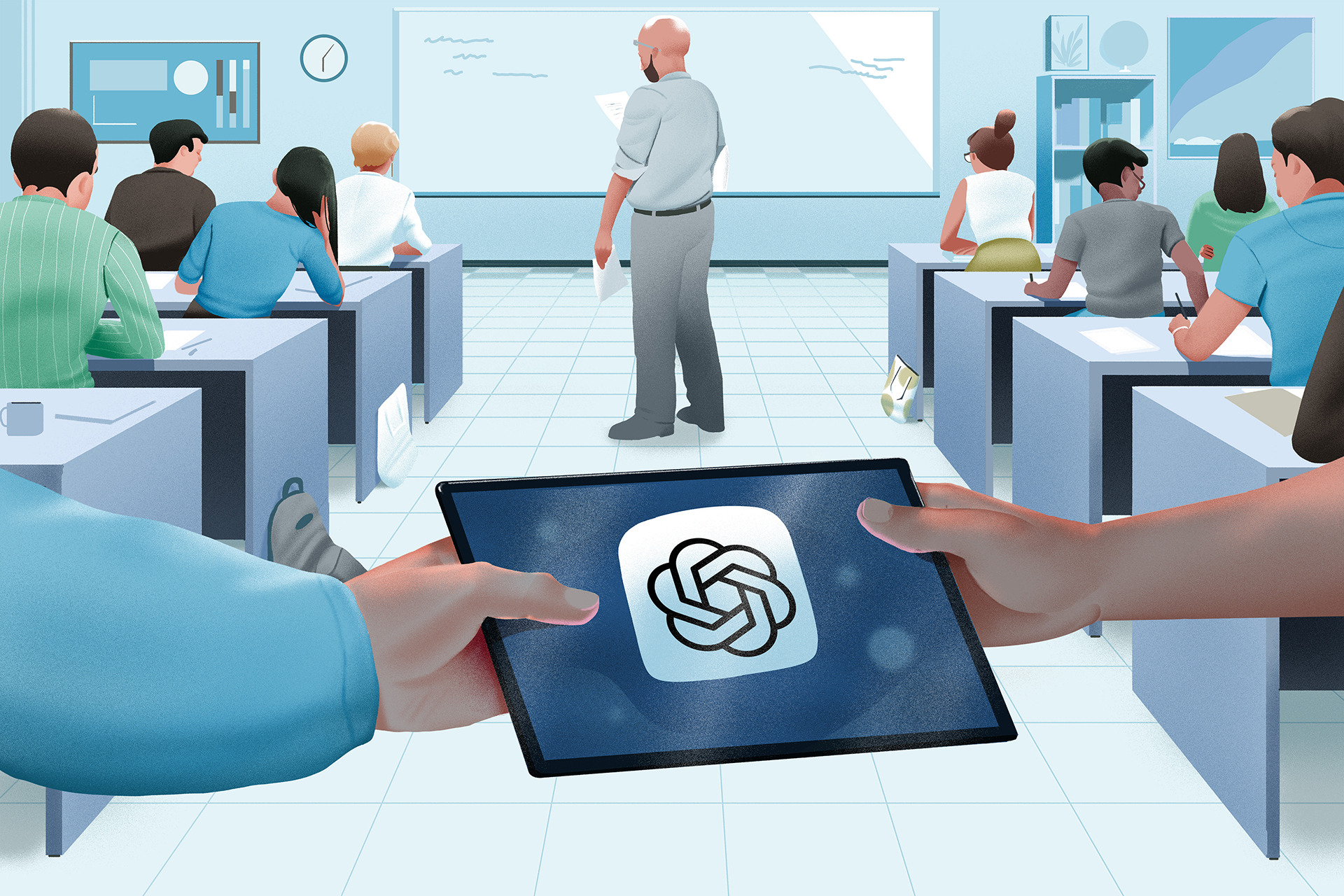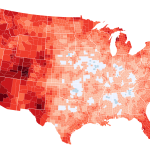The rise of artificial intelligence (AI) has sparked widespread concern, particularly within the education sector. Headlines frequently paint a grim picture of rampant student cheating facilitated by AI tools like ChatGPT. However, this narrative, while containing elements of truth, overlooks a more nuanced reality. The current discourse often oversimplifies a complex issue, failing to acknowledge the long history of academic dishonesty and the potential benefits of AI in education.
The Exaggerated Threat of AI-Powered Cheating
The media’s focus on AI-driven cheating tends to amplify isolated incidents, creating a perception of widespread academic fraud. While undoubtedly some students misuse AI to complete assignments, the extent of this problem remains unclear. Anecdotal evidence, often featured prominently in news reports, doesn’t represent the entirety of the student population. Rigorous research on the actual prevalence of AI cheating is still limited, making it difficult to assess the true scale of the issue. Moreover, cheating itself isn’t a new phenomenon; AI simply provides a new tool for old behaviors. Plagiarism, copying from friends, and using unauthorized materials have long been challenges in education.
Beyond the Headlines: Reframing the AI Debate
Instead of solely focusing on the negative aspects, we should examine how AI can be integrated positively into the educational landscape. AI offers opportunities for personalized learning, providing students with tailored feedback and support. Educators can leverage AI tools to automate administrative tasks, freeing up more time for direct student interaction. Furthermore, AI can help identify struggling students early on, allowing for timely intervention and improved academic outcomes. The challenge lies not in banning AI, which is likely unrealistic, but in adapting pedagogical approaches to address the new possibilities and challenges it presents.
The Future of Education in the Age of AI
The integration of AI into education requires a proactive and adaptive response from educators, institutions, and policymakers. This involves developing strategies to detect AI-generated content while simultaneously embracing AI’s potential to enhance learning. Investing in teacher training to effectively utilize AI tools is crucial. Furthermore, developing new assessment methods that are less susceptible to AI manipulation is necessary. This could include more emphasis on project-based learning, oral examinations, and critical thinking exercises that require deeper understanding rather than simple regurgitation of information. Ultimately, the future of education in the age of AI hinges on a balanced approach: acknowledging the challenges of AI-driven cheating while harnessing its transformative potential to improve teaching and learning.
CONCLUSION: The narrative surrounding AI and student cheating is currently dominated by alarmist headlines. While the misuse of AI for academic dishonesty is a concern, it’s crucial to avoid overblown generalizations. A more balanced perspective acknowledges both the challenges and opportunities presented by AI in education, emphasizing the need for adaptation, innovation, and a focus on developing robust assessment strategies that foster genuine learning. The future of education will depend on our ability to navigate this complex landscape responsibly and effectively.
SOURCE INFORMATION:
TITLE: What the panic about kids using AI to cheat gets wrong
DESCRIPTION: For anyone scrolling quickly through their news feeds, it is easy to believe that all students are now using AI to cheat in school. Whether in the Wall Street Journal or the New York Times, the words “cheat” and “AI” seem to appear together with alarming frequency. The typical story is similar to a recent […]
CONTENT: For anyone scrolling quickly through their news feeds, it is easy to believe that all students are now using AI to cheat in school. Whether in the Wall Street Journal or the New York Times, the words “cheat” and “AI” seem to appear together with alarming frequency. The typical story is similar to a recent New York magazine feature in which a college student openly admits to using generative AI to “to cheat on nearly every assignment.” With so many news headlines and anecdotes like these circulating, it feels like the rug is being pulled out from beneath the educational system. The exams, readings, and essays that were hallmarks of school now seem to be littered with AI cheating. In the most extreme cases, students use tools like ChatGPT to write and turn in full essays. It can feel disheartening — but that common narrative is far from the full story. Cheating is not a new phenomenon. I am an education researcher who studies AI cheating and our early evidence s
SOURCE: Vox
Based on materials: Vox





